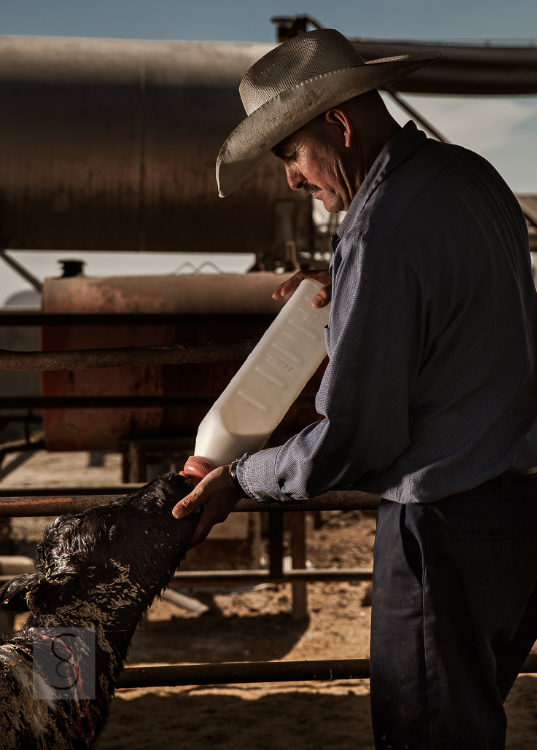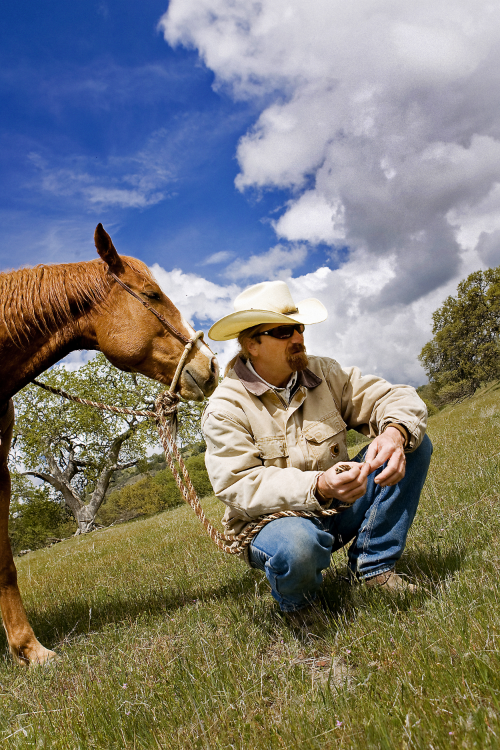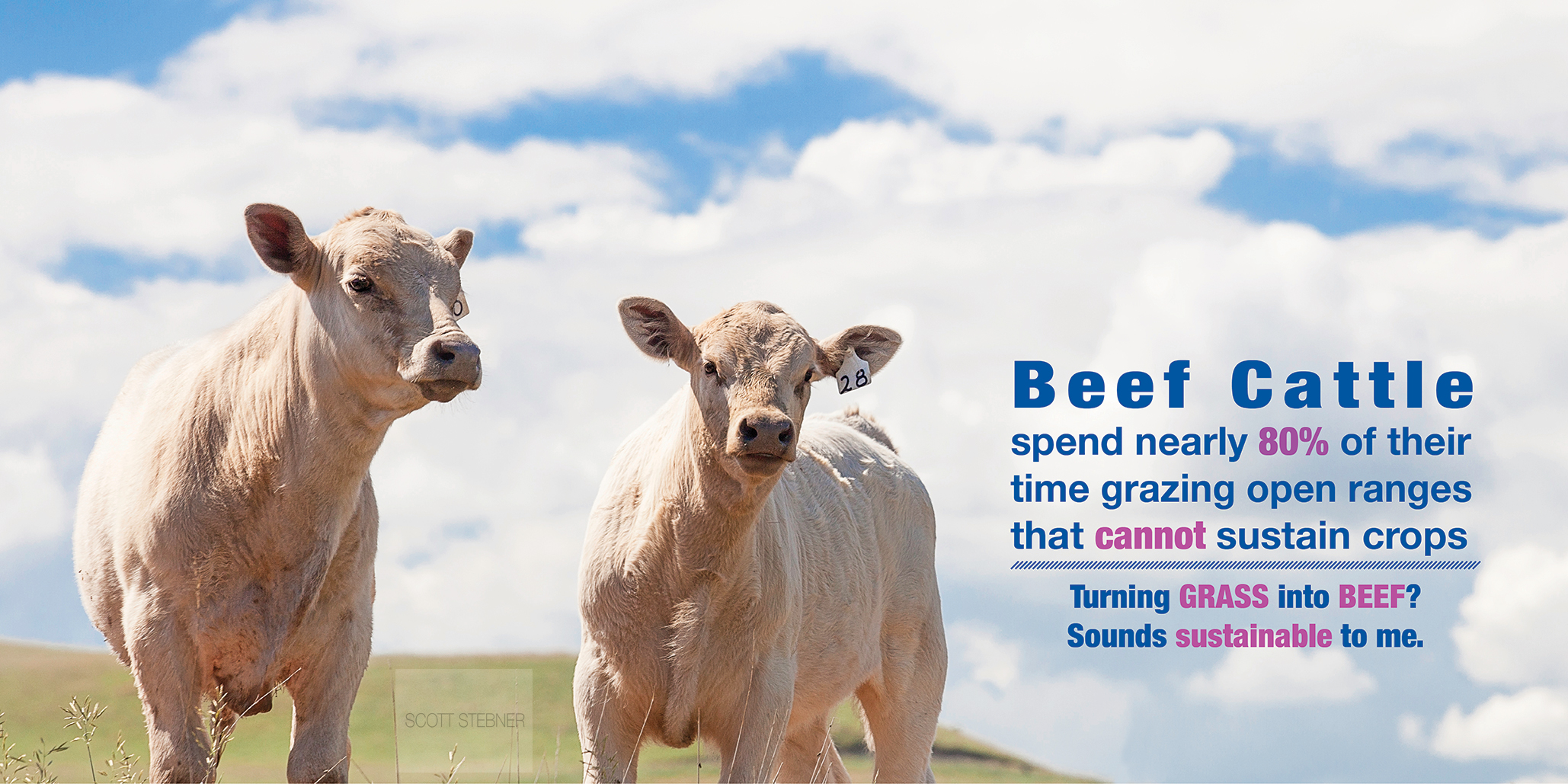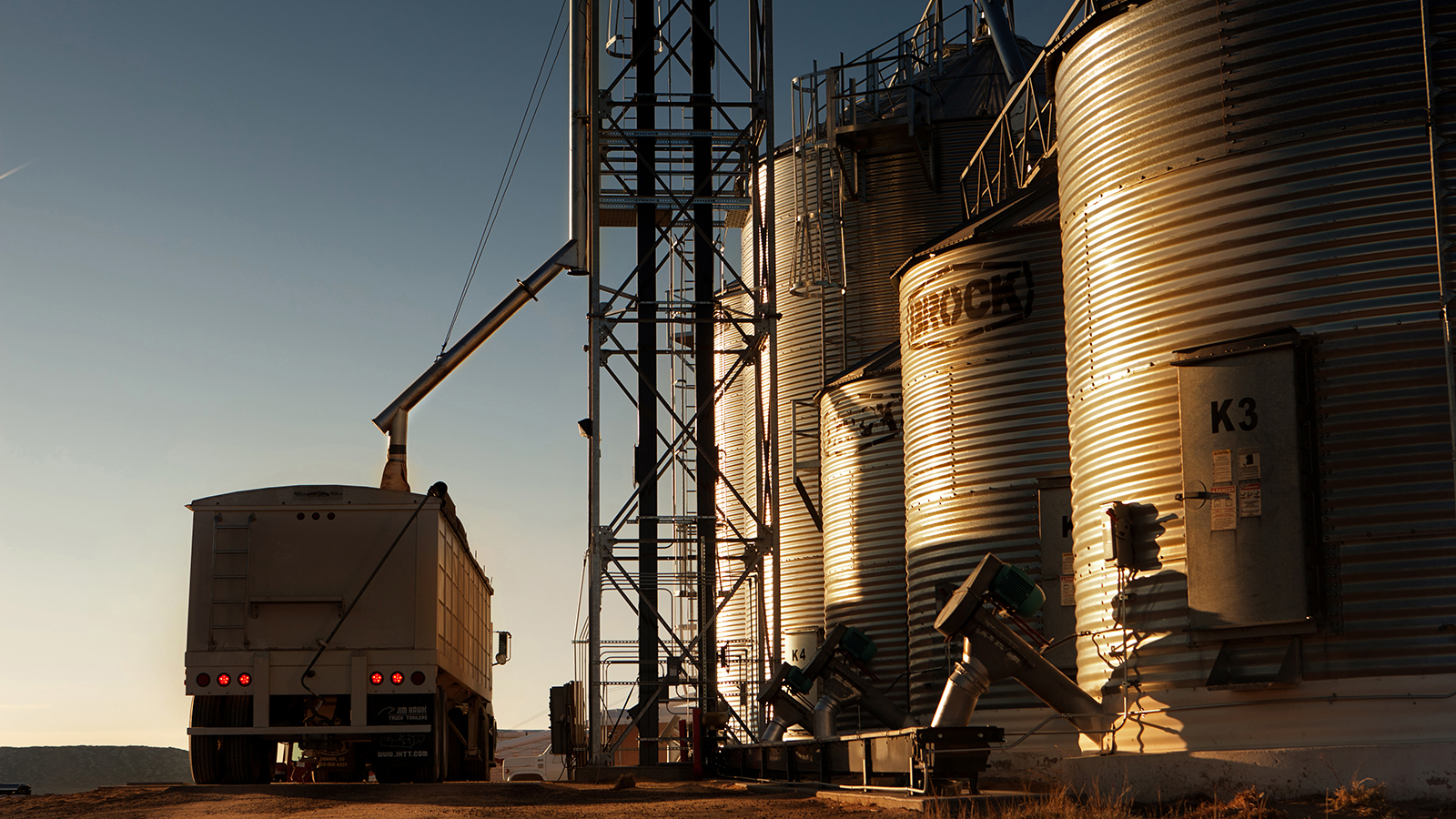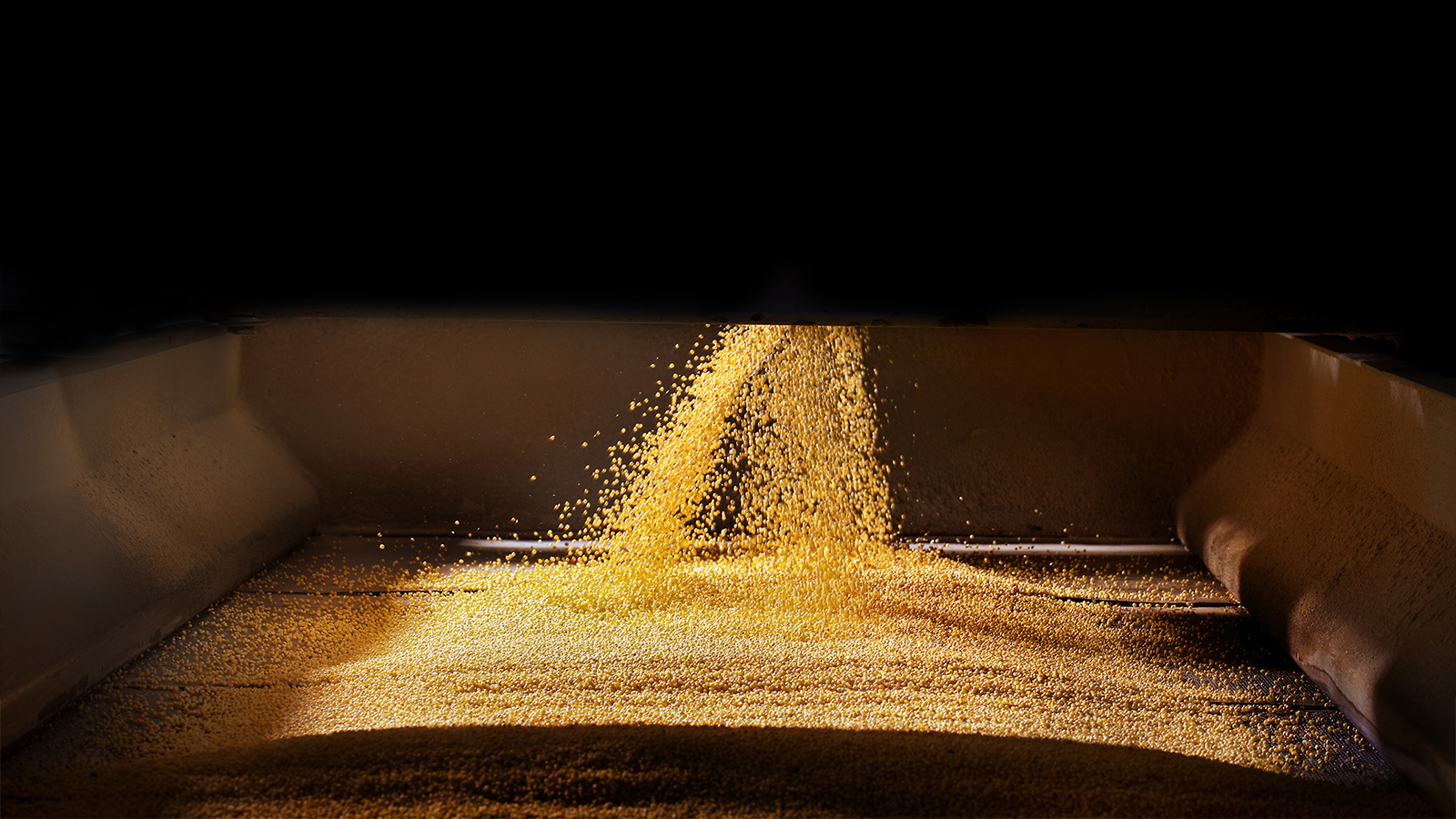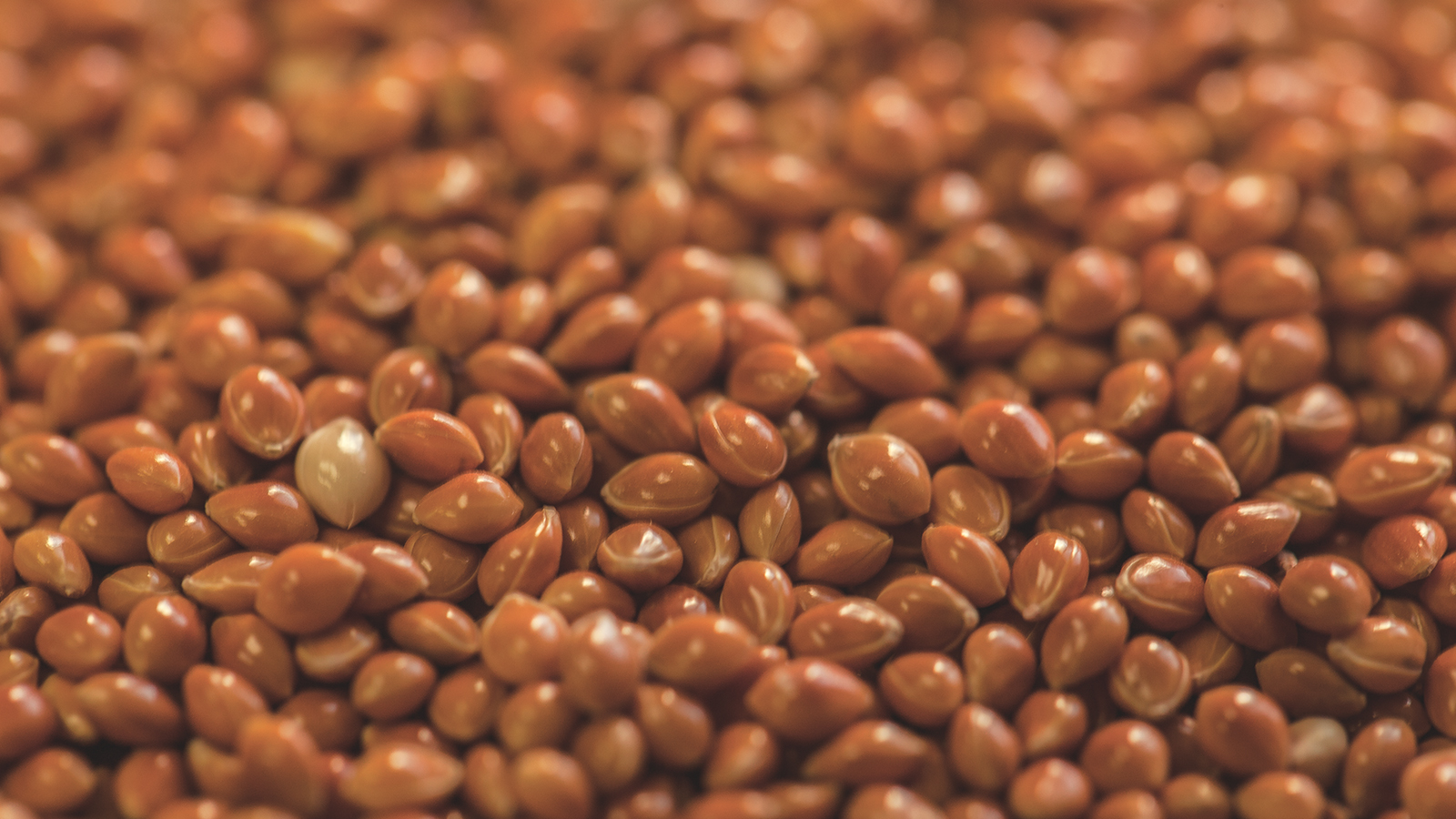One of the greatest sights to behold is the wheat harvest on the plains.
This day was particularly interesting. In the morning, I was serving as an assistant moderator for a focus group with a group of Nigerian flour millers during their stay at certain grain program. Before the focus group began, they talked to me about how much they pay attention to American wheat production.
A few hours later, I was watching the modern marvel of the wheat harvest. American families join together for the success of their small business to reap the hope they had sown in the previous fall. They watched with anticipation and reservation as the winter gave them brutal winds, chill, and little promise.
The spring came, rains come, hail was reserved from the skies, and the fortunate farmers will get a harvest. It hasn't been an easy year for many of Kansas' wheat farmers, but when they begin to harvest their crops, it's a beautiful thing.
Within days, the entire state's wheat will be harvested, counted, and ready for distribution across the world.
Although the message of "farmers feeding the world" doesn't resound in the ears of America anymore, I can guarantee you that message still holds tremendous meaning for people like the flour millers I was able to meet with in the morning.
America's wheat is cheap, high quality, and benefits people from a family pouring their daily Cheerios to a small African towns' flour mills.
The cheap price of Agricultural products such as wheat means that you and I only have to spend approximately 15% of our income on food compared to the 30-50% found in other countries. That additional 15-35% savings is spent supporting the rest of the economy.
To me, that is why American agriculture is a beautiful thing. It is sown on the hopes of American families, for 90%+ farms are made up of small family farms. Their hopes travel across the world.
The American wheat harvest is a sight everyone should see, for in a few days, the risks and hopes of a few make the dreams of many a possibility.
Scott Stebner is an agricultural photographer based out of Kansas.



